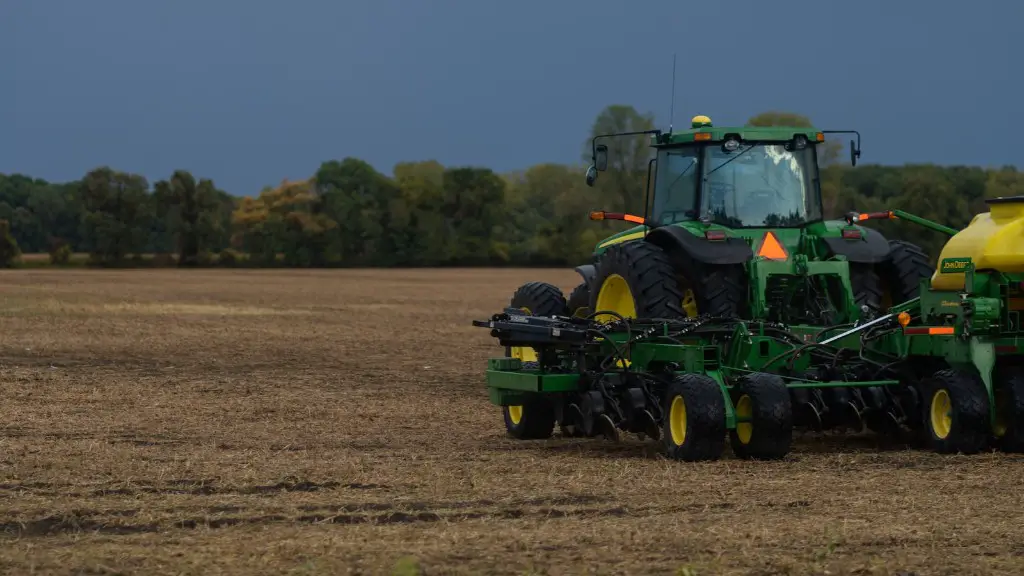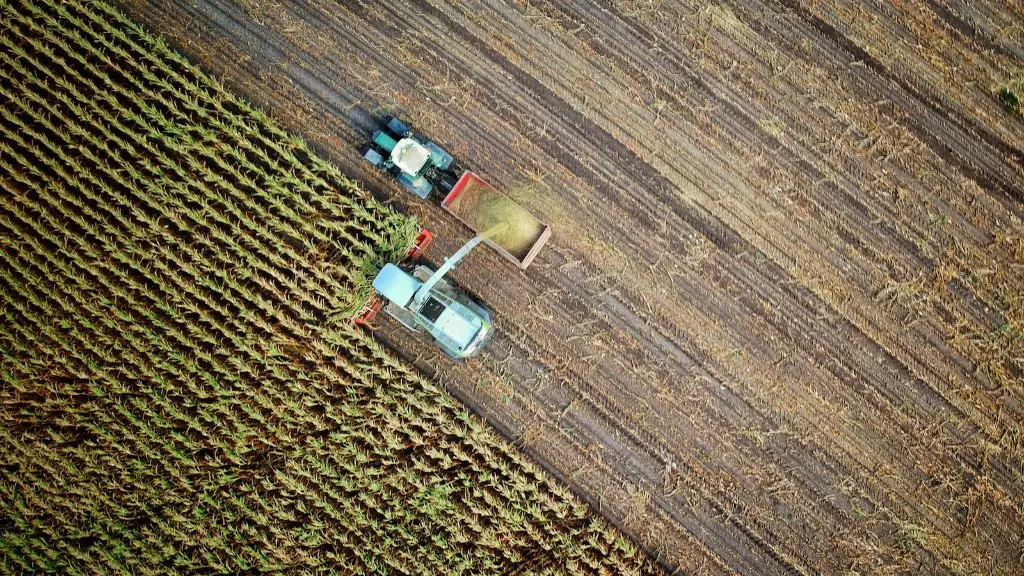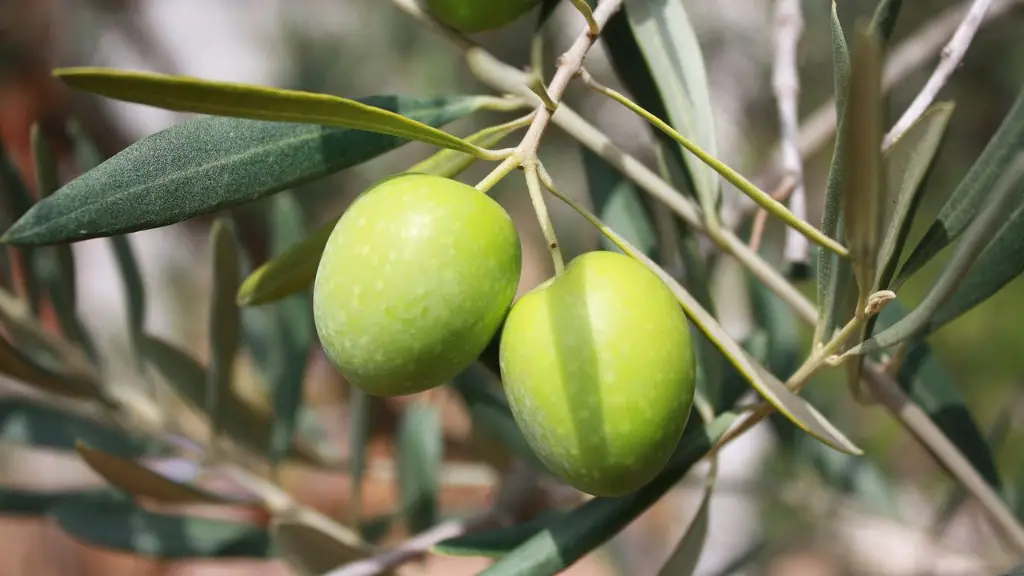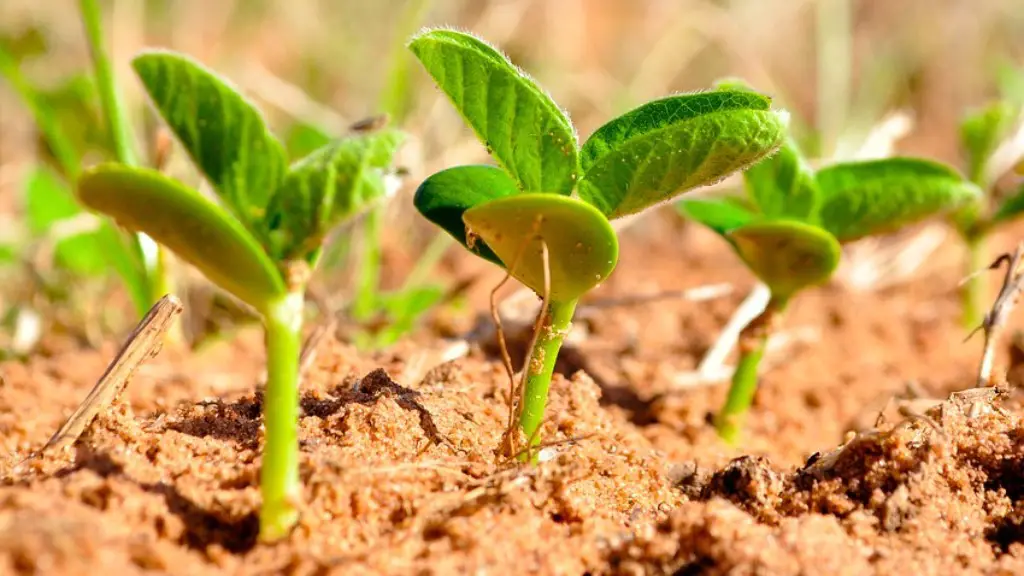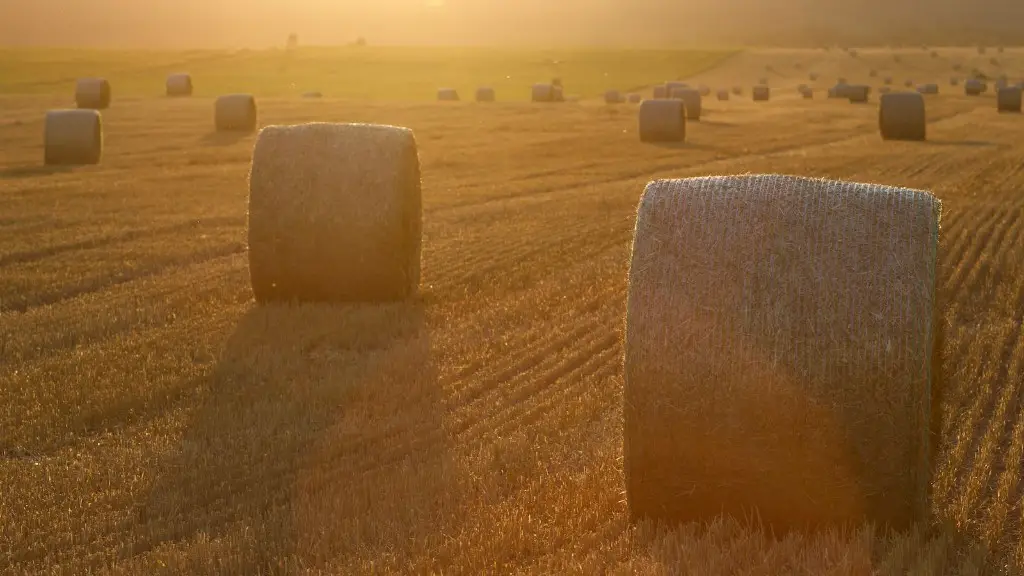Climate change is already making agricultural production more difficult and impacting the lives and livelihoods of farmers and rural communities around the world. As average temperatures rise and weather patterns become more extreme, crop yields are reduced and livestock suffers from heat stress. Droughts and floods are becoming more common, putting even more strain on agriculture. In the coming years, climate change is expected to cause even greater disruptions to agriculture, with potentially devastating consequences for food security.
Global climate change can bring about warmer average temperatures, more extreme weather conditions, and changes in precipitation. These conditions can in turn lead to yield reductions in many types of crops, particularly those grown in regions that are already marginal for agriculture. Additionally, global climate change can lead to the spread of pests and diseases to new areas, and can cause shifts in the ranges of both crop and livestock production. Together, these potential impacts of global climate change could lead to increased food prices and decreased food security.
How does climate change affect agriculture economy?
Agricultural production is highly sensitive to changes in climate. Small changes in temperature can cause habitat ranges and crop planting dates to shift, while more extreme weather events such as droughts and floods can have a major impact on farming practices. Ozone depletion and greenhouse gas emissions are two major drivers of climate change, and so agricultural producers are increasingly feeling the effects of these changes. In order to adapt to a changing climate, farmers will need to be proactive in making changes to their management practices. This may include altering crop varieties, irrigation methods, and grazing patterns.
Climate change is already impacting farmers in a number of ways and is expected to continue to do so in the future. Flooding is one of the most significant impacts, as it can damage crops, impede transportation, and lead to soil erosion. sea level rise is another major impact, as it can contaminate water supplies and damage infrastructure. Farmers will need to adapt their practices in order to cope with these impacts and ensure the viability of their operations.
Does climate change destroy agriculture
Climate change will affect agricultural production in NSW, with changing conditions potentially attracting new pests and diseases, and changing the areas that are suitable for farming. This will have serious implications for food security in the state, and for the farmers who depend on agriculture for their livelihoods. The NSW government is working to address these issues, but more needs to be done to ensure that our food supply is not at risk.
Agricultural production is highly dependent on weather and climate. Without adequate rainfall and appropriate temperatures, crops fail and pastures become barren. Interestingly, the opposite is also true: weather and climate are influenced by agricultural practices.
How climate change is a challenge in agriculture?
Climate change is a huge threat to agriculture. It is one of the most vulnerable sectors to the various effects of climate change like changes in temperature, rainfall patterns, and rise in floods and droughts. All of these factors can have a devastating effect on crops and livestock, and ultimately, our food supply. We must do everything we can to mitigate the effects of climate change and protect our agricultural sector.
Climate change can have a negative impact on agriculture in a number of ways. Beyond a certain range of temperatures, warming can reduce crop yields because plants speed through their development, producing less grain in the process. Higher temperatures can also interfere with the ability of plants to get and use moisture, which can lead to lower yields. In addition, climate change can cause more extreme weather conditions, which can damage crops and lead to lower yields.
How does climate change affect agriculture and food security?
Climate change is already causing water shortages in many parts of the world, and these shortages are expected to get worse as the world gets warmer. This will have a major impact on agriculture, as farmers will have less water available to them for irrigation. Additionally, extreme weather events like floods and severe storms are expected to become more common, and they will damage crops and infrastructure. Heat stress will also become a major problem, as it will hinder plant growth and make it difficult for animals to survive. Finally, pests and diseases are expected to become more prevalent, and they will further reduce crop yields.
An increase in temperatures will trigger a higher demand for water for evapotranspiration by crops and natural vegetation, which will lead to more rapid depletion of soil moisture. This scenario, combined with changes in rainfall patterns may lead to more frequent crop failures.
What climate zone is best for agriculture
Temperate regions are often thought of as the best climate for agriculture, and it’s no surprise why. They usually have good seasonal rainfall and warm summers, which provide ideal conditions for growing crops. Because of this, temperate climates are safely in the race as a contender for the best climate for self sufficiency.
Agriculture is the leading source of pollution in many countries. Pesticides, fertilizers and other toxic farm chemicals can poison fresh water, marine ecosystems, air and soil. They also can remain in the environment for generations.
Toxic farm chemicals can enter the food chain and cause health problems in humans and animals. They can also cause long-term damage to the environment.
Farms need to adopt sustainable practices to reduce the pollution they cause. This includes using less chemicals, recycling and using natural methods to control pests.
Which country has the best climate for agriculture?
The world’s top four food-producing countries—China, India, the US, and Brazil—share the advantages of large populations, ample land area, and climate zones suitable for growing a variety of crops. However, there are also major differences in the role that food production plays in their economies.
China and India are the top two producers of food in the world, accounting for more than a third of global production. Food production is a key part of their economies, accounting for more than 10% of GDP in both countries. In contrast, the US and Brazil are much more diversified economies, with food production accounting for a relatively small share of GDP (less than 5%).
Despite these differences, all four countries are major players in the global food system, with China and the US being the top two exporters of food. Brazil is also a major exporter of food, particularly products like soybeans and coffee.
Mediterranean agriculture is characterized by dry summers and winters with moderate rainfall. This kind of climate is ideal for growing a variety of crops, including olives, grapes, wheat, and tomatoes. The Mediterranean region is also home to some of the world’s largest producers of olive oil and wine.
Which state has the best climate for farming
Farmland is important for many states, especially those in the Midwest. The best states for farmland are typically those with the most acres of farmland, as well as those with the best soil quality. States like Montana, Kansas, Oklahoma, South Dakota, and North Dakota have some of the most acres of farmland, while Texas and Iowa have some of the best soil quality.
Farming releases significant amounts of methane and nitrous oxide, two powerful greenhouse gases, into the atmosphere at every stage of food provisioning. This has a major impact on climate change. Therefore, it is important to take measures to reduce these emissions from farming. Some options include:
-Improving efficiency of livestock production
-Reducing food waste
-Increasing the use of renewable energy
-Improving soil health
All of these options will help to reduce the release of greenhouse gases from farming and help combat climate change.
What is the best climate to grow crops?
One way to reduce energy use in agriculture is to grow crops that are sensitive to cold temperatures at warmer temperatures. By doing so, you can actually reduce the amount of energy needed for heating on a per-crop basis. This is because crops grown at cooler temperatures require more energy to maintain optimal growing conditions. Therefore, growing cold-sensitive crops at warm temperatures can be an effective way to reduce energy use in agriculture.
Agriculture has a major impact on the environment. Five major environmental effects of agriculture are soil fertility loss, eutrophication of water bodies, deforestation, climate change and pesticide pollution.
Soil fertility loss is caused by the overuse of chemical fertilizers and pesticides. These chemicals can leach into the soil and contaminate groundwater. Eutrophication of water bodies is caused by the runoff of nutrients from agricultural fields. This can lead to the growth of algae and other aquatic plants, which can deplete oxygen levels in the water and harm fish and other aquatic creatures. Deforestation is caused by the clearing of land for agriculture. This can lead to soil erosion, habitat loss and climate change. Climate change is caused by the release of greenhouse gases from agricultural activities. These gases can trap heat in the atmosphere and cause the Earth’s climate to change. Pesticide pollution is caused by the use of pesticides in agriculture. Pesticides can pollute the air, water and soil, and can be harmful to humans, animals and the environment.
Why is agriculture the biggest contributor to climate change
While agricultural greenhouse gas (GHG) emissions have decreased in industrialized nations, they have increased in developing nations. The dominant sources of agricultural GHGs are carbon dioxide (CO2) from tropical deforestation, methane (CH4) from livestock and rice production, and nitrous oxide (N2O) from fertilizing or burning croplands. Agriculture is responsible for about half of global methane emissions. In order to mitigate agricultural GHG emissions, it is essential to reduce deforestation, promote methane-reducing livestock practices, and adopt efficient nitrogen management practices.
Climate change will increasingly cause problems for farmers as extreme weather events become more common and have greater impacts. For example, heat waves can cause crop failures due to flowering and pollination problems, droughts can lead to water stress and wildfires can damage crops. In addition, changes in the timing and intensity of the growing season can disrupt planting, harvesting and post-harvest operations. All of these impacts will become more common and more intense as the climate continues to change.
Conclusion
Climate change affects agriculture in a number of ways, including through changes in average temperatures, precipitation, and extreme weather events. These changes can impact crop and livestock production, as well as the availability of water for irrigation. In addition, climate change can indirectly affect agriculture through changes in prices for inputs, such as fuel and fertilizer, or by affecting pest and disease pressures.
The greenhouse gases that are expelled into the atmosphere as a result of human activity are largely responsible for global climate change. This rise in temperature is already beginning to affect agricultural production around the world. The Intergovernmental Panel on Climate Change has warns that rising temperatures and changes in precipitation will seriously reduce crop yields in many parts of the world. This will lead to an increase in food prices and could cause widespread hunger.
